The 2016 Government-wide Inclusive Diversity Strategic Plan (the Plan) outlines the second phase of implementation of the President’s 2011 Executive Order 13583, Establishing a Coordinated Government-wide Initiative to Promote Diversity and Inclusion in the Federal Workforce (the Executive Order).
This Plan takes the lessons learned since the 2011 Government-wide Diversity and Inclusion Strategic Plan was issued and provides Federal agencies a path for continuing to create and foster a Federal workforce that includes and engages Federal employees and draws from all segments of society. The overarching strategy of this Plan is to increase the transparency of human capital processes (to the extent appropriate, in light of the obligation to protect certain test and examination materials, for example) throughout the Federal workplace as an approach to foster the inclusion that leads to the diversity of the workforce. The Plan provides a framework for the many initiatives that have been realized, the efforts that are currently underway, and the overarching strategy, offering a cohesive and comprehensive path forward. Together, Federal agencies will fully utilize policies, programs, and systems that support inclusive diversity through increasingly focused, innovative, and accelerated communication and learning strategies.
This Plan also includes a focus on data-driven decision-making through the strategic use of applicant flow data from past selection processes to help agencies plan recruitment for subsequent selection processes so as to foster a diversified applicant pool at all stages of the employee life-cycle, emphasize and identify potential areas of implicit bias, train agencies on the New Inclusion Quotient (New IQ), create a more interactive Federal Equal Opportunity Recruitment Program (FEORP), and intensify and accelerate agency communication techniques.
Of particular interest during this planning period will be continuing to address the underrepresentation in the Federal workforce (as compared to their proportion of the Civilian Labor Force) of people who identify themselves as Hispanic, enhancing the Government’s ability to recruit effectively from all generations to foster continuity in knowledge, skills, and abilities as we experience the current retirement wave, finding ways to recruit more minorities and women to compete for positions designated as falling within the fields of Science, Technology, Engineering and Mathematics (STEM), and finding ways to recruit more minorities and women to compete for positions in the Senior Executive Service (SES).
Click Here to view the full plan.
Taken from the Office of Professional Management, www.opm.gov.



 Help for Louisiana storm victims — (September 2, 2016) The TSP has made a temporary change to the financial hardship withdrawal rules for participants affected by the recent storms in Louisiana: As of September 2, 2016, we will treat any Financial Hardship In-Service Withdrawal Request as a qualifying hardship and will waive the rule prohibiting employee contributions for 6 months after taking a hardship withdrawal provided one of the following is true:
Help for Louisiana storm victims — (September 2, 2016) The TSP has made a temporary change to the financial hardship withdrawal rules for participants affected by the recent storms in Louisiana: As of September 2, 2016, we will treat any Financial Hardship In-Service Withdrawal Request as a qualifying hardship and will waive the rule prohibiting employee contributions for 6 months after taking a hardship withdrawal provided one of the following is true: For the month of August, the highlight is Women’s Equality. Despite anyone’s political affiliation, the fact remains that we all have witnessed history with the first female securing the Democratic presidential nomination. However, the struggle that led to that moment did not solely belong to the nominee. Many have fought for political equality; one in particular – Shirley Chisholm (1924 – 2005).
For the month of August, the highlight is Women’s Equality. Despite anyone’s political affiliation, the fact remains that we all have witnessed history with the first female securing the Democratic presidential nomination. However, the struggle that led to that moment did not solely belong to the nominee. Many have fought for political equality; one in particular – Shirley Chisholm (1924 – 2005).
 While similar institutions with the name “President’s Commission on the Status of Women” have been formed by various universities and other institutions, the key organization by that name was established in 1961 by President John F. Kennedy to explore issues relating to women and to make proposals in such areas as employment policy, education, and federal Social Security and tax laws where these discriminated against women or otherwise addressed women’s rights.
While similar institutions with the name “President’s Commission on the Status of Women” have been formed by various universities and other institutions, the key organization by that name was established in 1961 by President John F. Kennedy to explore issues relating to women and to make proposals in such areas as employment policy, education, and federal Social Security and tax laws where these discriminated against women or otherwise addressed women’s rights.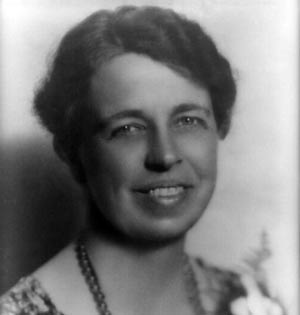 Kennedy appointed Eleanor Roosevelt, former US delegate to the United Nations and widow of President Franklin D. Roosevelt, to chair the commission. She had played a key role in establishing the Universal Declaration of Human Rights (1948) and she’d defended both women’s economic opportunity and women’s traditional role in the family, so she could be expected to have the respect of those on both sides of the protective legislation issue. Eleanor Roosevelt chaired the commission from its beginning through her death in 1962.
Kennedy appointed Eleanor Roosevelt, former US delegate to the United Nations and widow of President Franklin D. Roosevelt, to chair the commission. She had played a key role in establishing the Universal Declaration of Human Rights (1948) and she’d defended both women’s economic opportunity and women’s traditional role in the family, so she could be expected to have the respect of those on both sides of the protective legislation issue. Eleanor Roosevelt chaired the commission from its beginning through her death in 1962.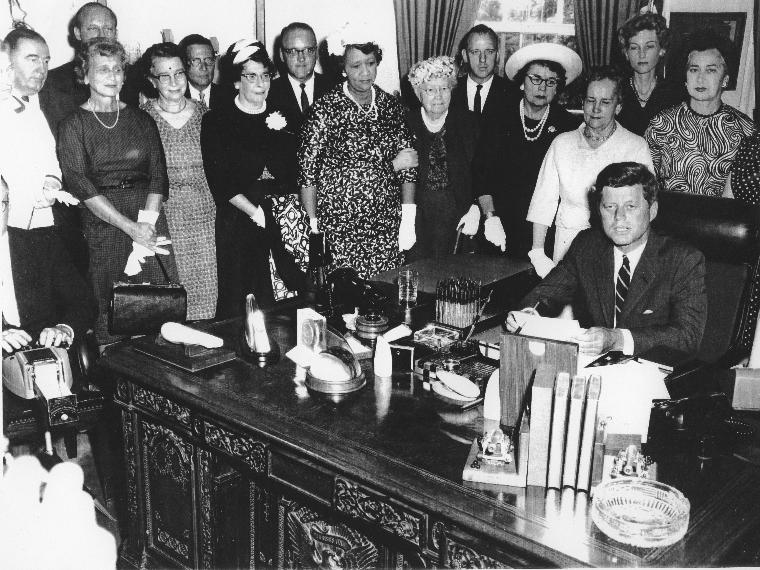 The twenty members of the President’s Commission on the Status of Women included both male and female Congressional representatives and Senators (Senator Maurine B. Neuberger of Oregon and Representative Jessica M. Weis of New York), several cabinet-level officers (including the Attorney General, the President’s brother Robert F. Kennedy), and other women and men who were respected civic, labor, educational, and religious leaders. There was some ethnic diversity; among the members were Dorothy Height of the National Council of Negro Women and the Young Women’s Christian Association, Viola H. Hymes of the National Council of Jewish Women.
The twenty members of the President’s Commission on the Status of Women included both male and female Congressional representatives and Senators (Senator Maurine B. Neuberger of Oregon and Representative Jessica M. Weis of New York), several cabinet-level officers (including the Attorney General, the President’s brother Robert F. Kennedy), and other women and men who were respected civic, labor, educational, and religious leaders. There was some ethnic diversity; among the members were Dorothy Height of the National Council of Negro Women and the Young Women’s Christian Association, Viola H. Hymes of the National Council of Jewish Women.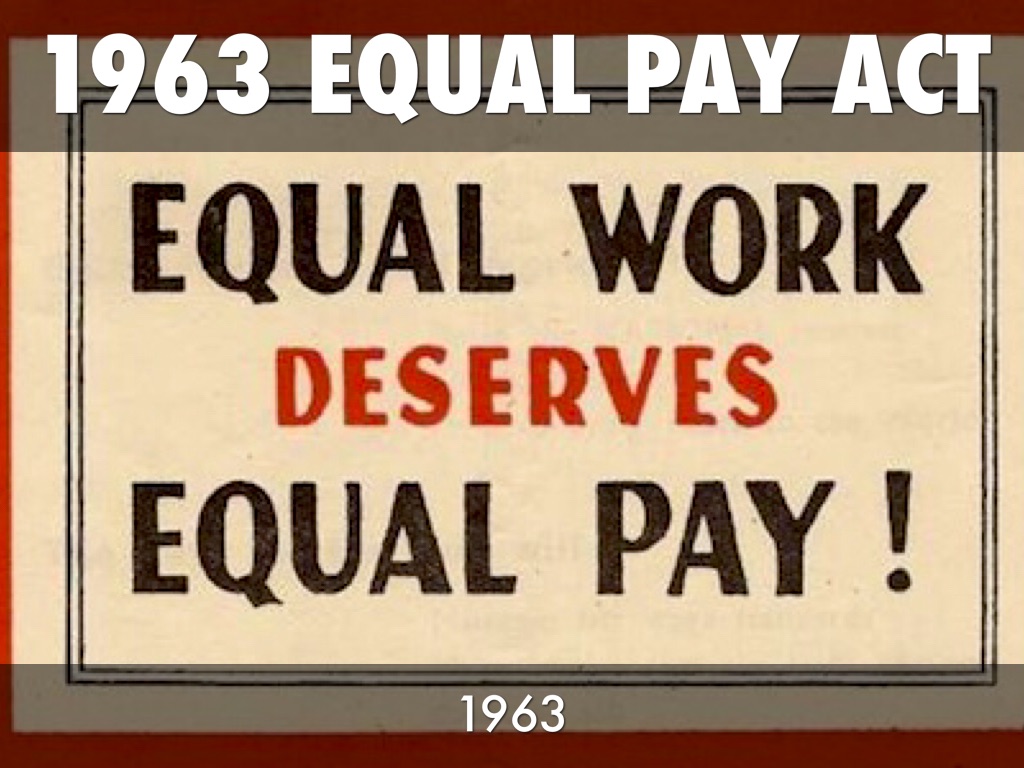 The Equal Pay Act of 1963 grew out of the recommendations of the President’s Commission on the Status of Women.
The Equal Pay Act of 1963 grew out of the recommendations of the President’s Commission on the Status of Women.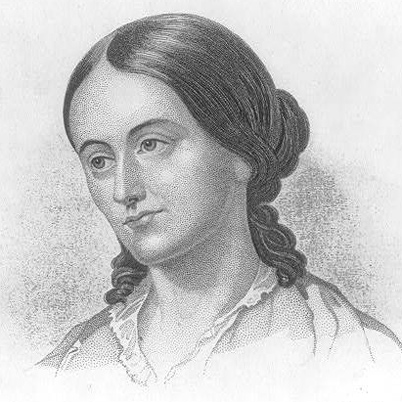 Margaret Fuller (1810-1850) was an American writer, a women’s rights activist, and was associated with the Transcendentalist movement.
Margaret Fuller (1810-1850) was an American writer, a women’s rights activist, and was associated with the Transcendentalist movement.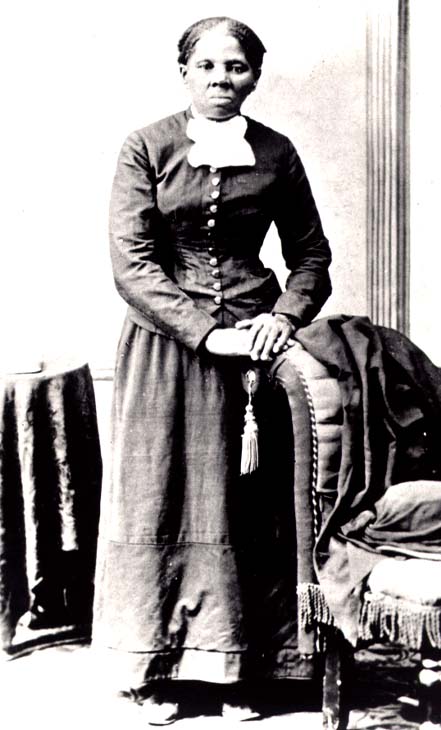 As I hope most of you heard last week, the U.S. Department of the Treasury
As I hope most of you heard last week, the U.S. Department of the Treasury